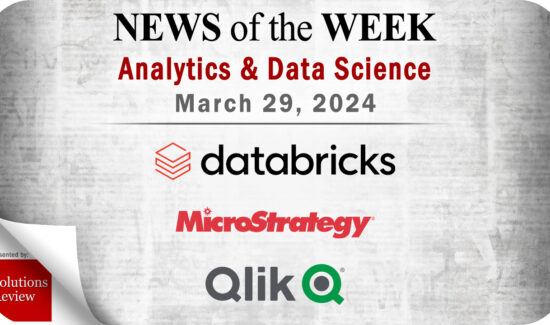Key Takeaways from Gartner’s 2019 Market Guide for Data and Analytics Service Providers


Source: Gartner, Inc.
Analyst house Gartner, Inc. recently released its new Market Guide for Data and Analytics Service Providers. The researcher’s Market Guide series is meant to cover new and emerging markets where software products and organizational requirements are in limbo. Gartner’s Market Guides can be a great resource for understanding how a fledgling space may line up with current and future technology needs.
According to Gartner, “With the focus on early, more chaotic markets, a Market Guide does not rate or position vendors within the market, but rather more commonly outlines attributes of representative vendors that are providing offerings in the market to give further insight into the market itself.”
Though Gartner’s Market Guide is not provider-centric and instead, aims to provide a more overarching view of the software space, the research house does mention the major players as things take shape. Many of the solution providers included are major players in vertical markets, such as BI and data analytics and data management.
Gartner highlights the following providers in data and analytics service providers: Absolutdata, Acuvate, Affine Analytics, Analytics8, AwareServices, Axis Group, BCG, BearingPoint, BRIDGEi2i, Business&Decision, Caserta, Clarity Insights, Datamatics, EPAM, EXL, Fractal Analytics, Gramener, InfoCepts, Kavi Global, KPI Partners, Kx, LatentView Analytics, LTI, Lymbyc, McKinsey Digital, Mindtree, Mphasis, Neal Analytics, Peak, Quanam, SDG Group, Slalom, Tessella, Tiger Analytics, Tredence, VIQTOR DAVIS, and WNS. At Solutions Review, we read the report, available here, and pulled out the key takeaways.
Gartner defines the data and analytics services market as “composed of consulting, implementation and managed services for decision, analytics and data management capabilities.” Services may include commercial solutions as well as proprietary assets that focus on business use cases and outcomes. Many service providers also offer asset-based consulting via domain-specific solutions or integrated platforms composed of their own packaged applications.
Gartner’s Market Guide for Data and Analytics Service Providers lists vendors that gravitate toward small and medium-sized customers or deal in local countries or verticals. The market’s largest providers are featured in the companion Magic Quadrant, and those primarily target the larger and more complex global organizations. However Gartner notes, “Market Guide vendors increasingly collaborate with larger organizations, especially for more focused or domain-specific data and analytics services.”
Strategy consulting is the most common data and analytics service offered, though there are many kinds. These can include analytics and data management consulting as well, but also managed services for commercial platforms, change management, implementation and testing, and operations management services.
New spending on AI and machine learning-based business intelligence software will continue to support growth in the services space. Gartner believes the current dominance of technology-oriented service providers will soon come to an end as a result of a market shift toward managed service and as a Service solutions. There’s also a chance that those services will be replaced by automation. However, some providers are beginning to offer more forward-thinking engagement models, industry and process expertise, and integrated platforms.
Gartner recommends data and analytics leaders consider onboarding external resources and train the necessary internal ones as a way to better deploy and support business intelligence initiatives. Those looking for the help of data and analytics service providers should prioritize vendors that embed knowledge transfer and documentation into their delivery.
The report outlines five main reasons why organizations are outsourcing their data and analytics. While we won’t give them all away, two are obvious. The first is when demand is infrequent, like when sales forecasting is done on a quarterly basis. The other is when requirements move beyond the internal capabilities of infrastructure, human skill or technology.



































